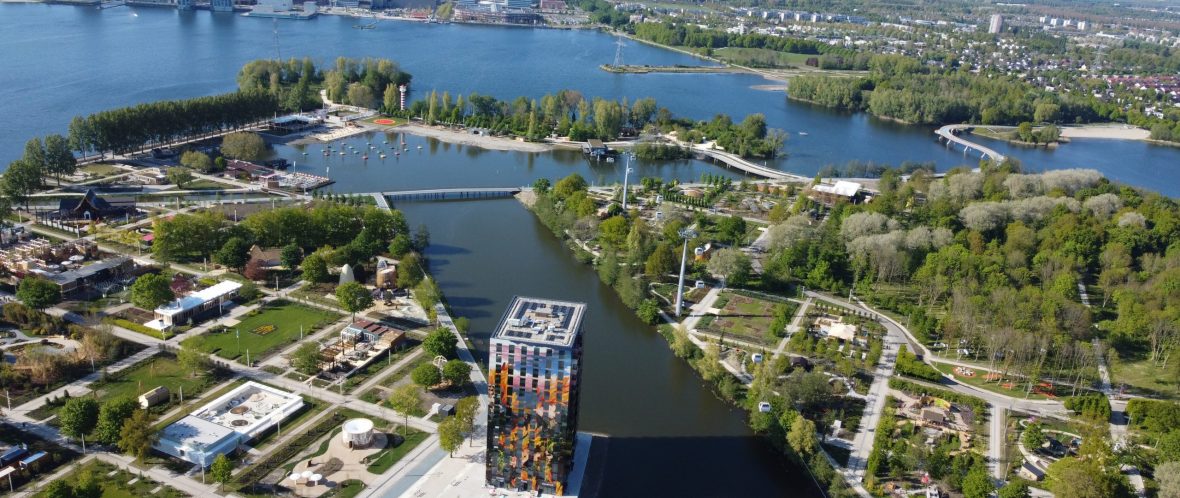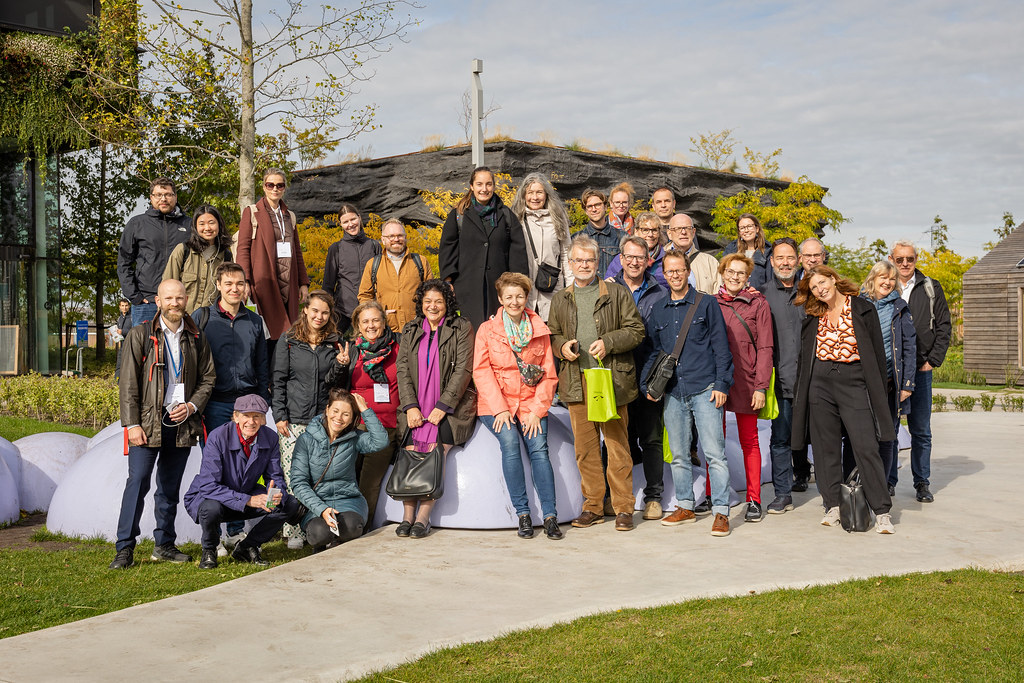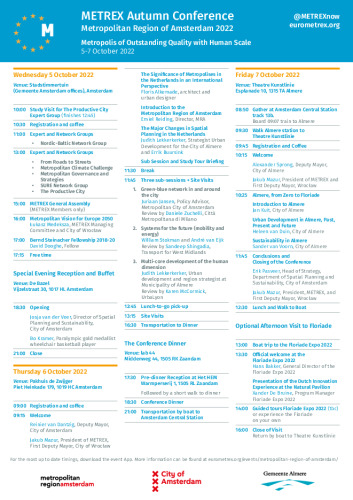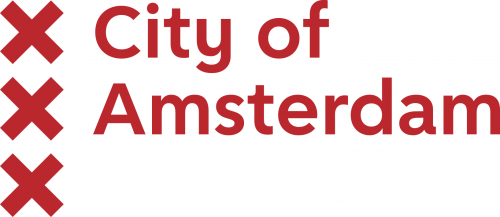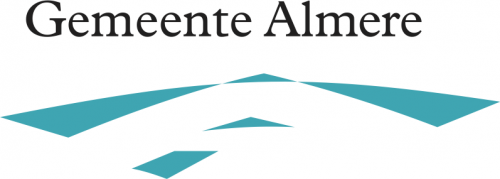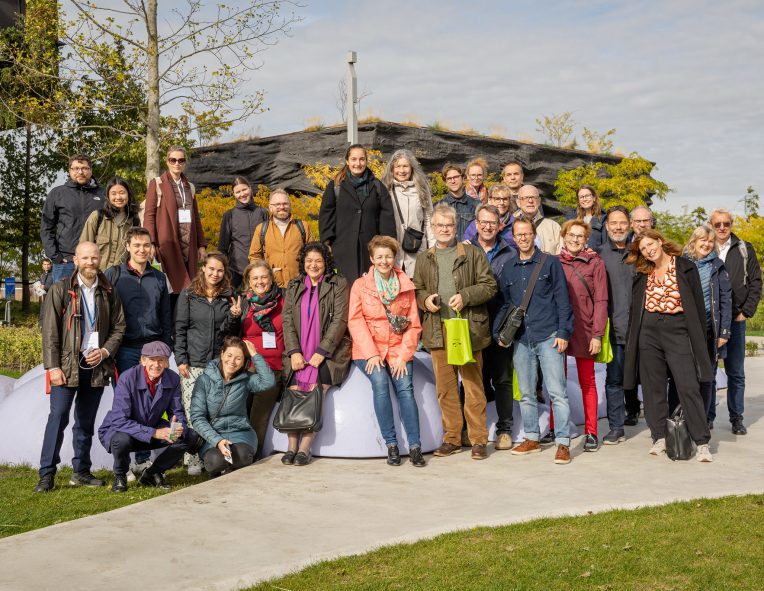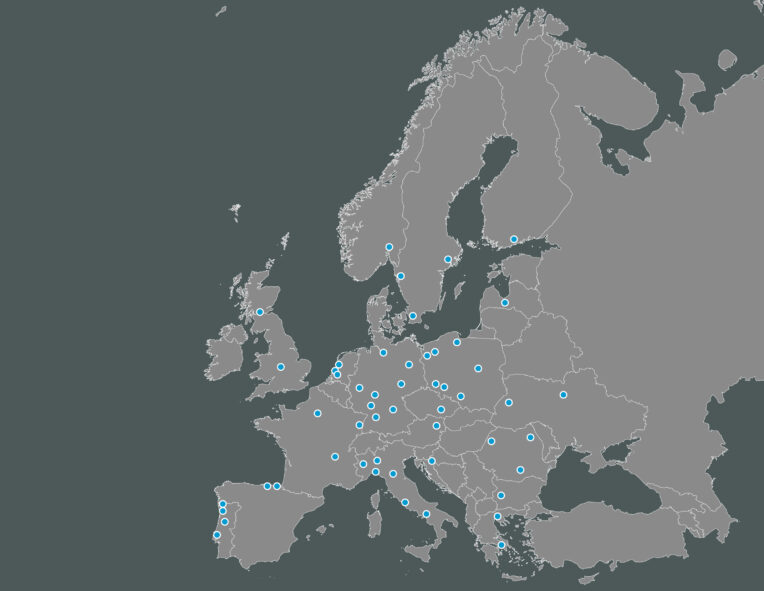METREX Members and conference attendees are welcome to view the presentations and recordings below. To do so, you must sign in using your METREX website details. If you don’t have an account, please contact stephen.gallagher@eurometrex.org
This conference was devised by the Metropolitan Region of Amsterdam (MRA) to explore the human-focused urbanisation strategy that is being implemented to tackle climate, water, energy, and housing challenges.
Context: Challenges in the Metropolitan Region of Amsterdam (MRA)
In recent years, growth in the MRA has been concentrated in and around Amsterdam. If this narrow distribution of growth remains the same, socio-economic disparities in the region will increase. The question is how we accommodate growth in a way that strengthens the region’s quality of life and economy. On top of that challenge, the MRA sits largely below the Amsterdam Ordnance Datum (NAP) – the average high-water mark. It is therefore imperative that national and international agreements to combat further climate change and strengthen biodiversity are implemented in detail at regional level.
To bring these urgent, complex and extensive tasks to a successful conclusion, the Dutch national government and the MRA have jointly set out the course for development in the medium and long term in the newly released Urbanisation Strategy. The strategy brings together choices in the areas of quality of life, housing construction, work locations, mobility, landscape, energy, water, the circular economy and ecology. It outlines where MRA wants to go together with the region. How we are continuing to build a metropolitan region of outstanding quality with a focus on the human scale. And how we are working together to create a healthy, safe and attractive living environment, now and also in the long term.
The METREX Conference looked at the three core areas that comprise the Urbanisation Strategy, each including an excursion focused on the issues:
Human scale polycentric development
Because the demand for housing is so high, we are looking at increasing the number of homes to be built to 220,000 by 2030. To build complete towns and ensure their economic development, we must have enough space for businesses, including their industrial activities, and provide good connections for employees travelling to work. If new residential and work environments are to contribute to a healthy, safe and attractive living environment, we must meet a number of conditions relating to accessibility, climate adaptation, biodiversity, water management and energy.
Green blue networks in and around the city
The starting point for developing the green and blue network is that functional interventions in the landscape also enhance how it is experienced, and that interventions designed to enhance our enjoyment of the landscape also serve other purposes. A number of areas within the MRA that are special because of their nature-related value, their heritage or recreational aspects require a quality boost. Good agricultural land also remains a necessity, so preserving that resource must always be considered when evaluating claims for space.
Systems for the future
Implementing multi-core development of housing, employment and amenities and developing the green and blue network in and around the city requires interaction with the systems for mobility, ecology, water and energy. This means a series of future-proof, co-ordinated plans that mitigate the effects of each of these systems.
About the region
The Metropolitan Region Amsterdam is home to 2.5 million residents, spread across a large number of towns and villages. Thanks to the wide variety of residential and work environments, there is room for all lifestyles at every stage of life. The multi-core structure of towns and villages in a contiguous landscape automatically leads to great diversity in urban environments and landscapes, and ensures that the human scale is preserved.
At the same time, the MRA is one of the most important economic growth engines in the Netherlands, with 300,000 companies and 1.5 million jobs. The international orientation and accessibility, combined with the high quality of life, means that the MRA is among the top international areas in the world. In the period up to 2050, the MRA is expected to grow strongly in terms of both residents and jobs: + 700,000 and + 270,000 respectively. This growth will be strongest during the next decade.
The scale of the Metropolitan Region Amsterdam is significant in this respect. The region is functionally a single entity: the MRA spans the area within which the majority of commuting, recreational travel, and home relocations occur. Developments in one part of the region are also significant for residents elsewhere in the MRA. And developments in one place affect the functions of other places in the MRA. There is an increasingly strong connection with cities and regions in all directions.

